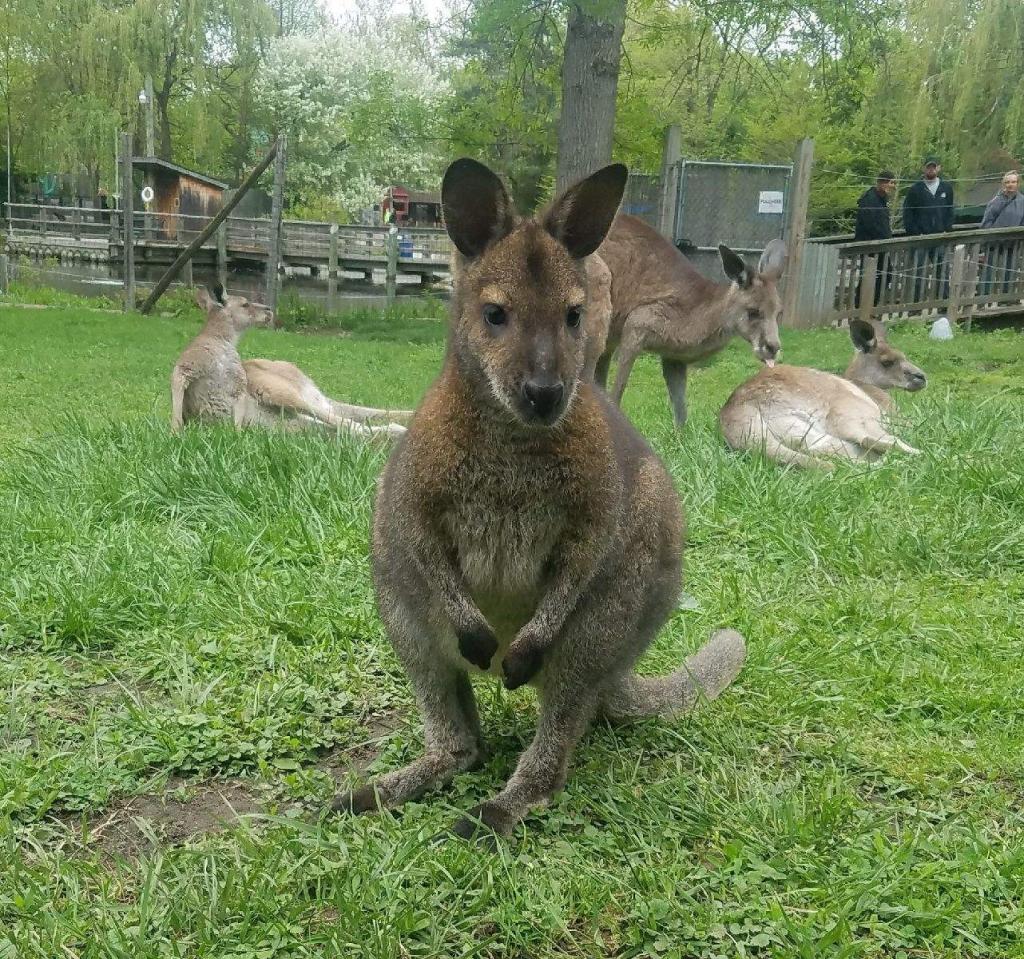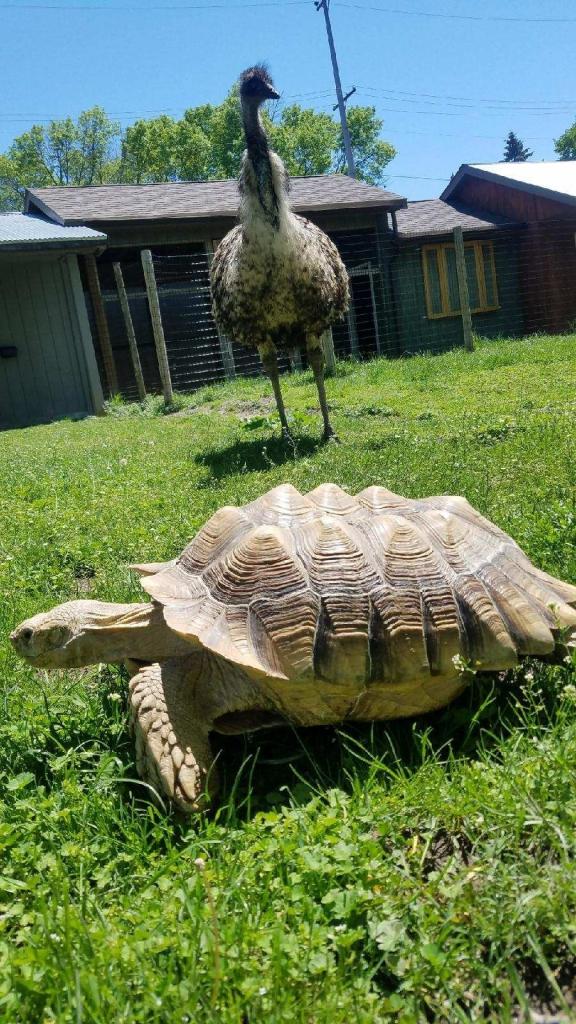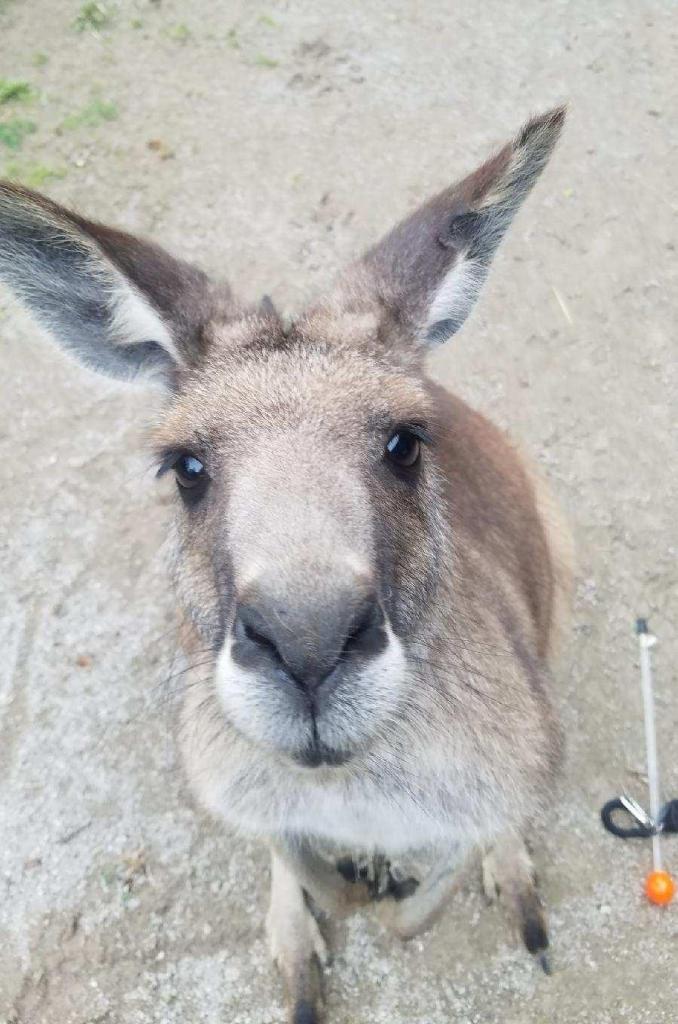
If you’ve been to the Zoo this season, you’ve likely noticed some improvements and new friends in our Outback Yard. We still have our three Eastern Gray kangaroos- Harley, Andre, and Nigel. We also have our emu, Penelope in with them! We’re so excited to debut our three new, male Bennett’s wallabies this season as well. If you’ve been lucky you might’ve spotted the most recent addition – a sulcata tortoise! What was once two separate yards for kangaroos and emu, has now become an expanded Outback yard with four different species! Have you ever wondered how zoos are able to have mixed-species exhibits (exhibits with multiple different types of animals!) or what all goes into setting them up? Well, here’s a sneak-peak at some of the things that your Zoo has done to get these new animal friends happy and healthy on exhibit for you to see and learn about!
Acquiring Animals
What goes into acquiring animals from other zoos? A lot of planning! Zoos are in constant communication with one another in order to make sure that each facility’s collections are representative of their mission and goals. Also, zoos and aquariums that are accredited by the AZA (Association of Zoos and Aquariums), often team up to save species through SSP Programs. SSP stands for Species Survival Plan©. They are plans to help ensure that populations of animals that are being managed by zoos and aquariums have high genetic diversity and to help conserve their wild counterparts. Basically, it’s like online dating but for zoo animals, but instead of matching based on personality traits, it matches animals up based on their genetics! Our Bennett’s wallabies, Cedar, Huey, and Boomer, came to us based on the SSP’s recommendation as a holding facility.
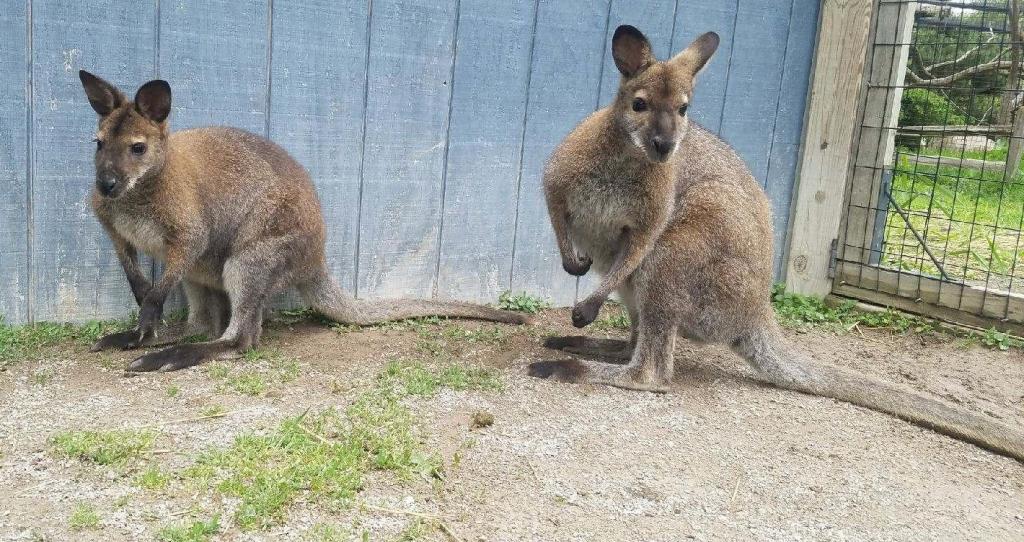
Exhibit Modifications
Those of you that have been coming to the Zoo for many years (first of all, thank you for being loyal supporters!), may have noticed that the Emu yard and Kangaroo yard were merged into one new Outback yard. Keepers and Facilities staff worked hard to ready the yard and make sure it was safe for all the species that were being introduced. Keepers had to take into consideration the adaptations of the new animals and if there are any potential hazards or escape risks for these new friends. Lots of time and effort went into making their new home safe and comfortable for everyone!
Exploring Their New Homes
When an animal is moved, keepers must make sure that the animals are acclimated to everything in the exhibit before they start introducing new animals. Our emu, Penelope, moved into the new Outback yard, and he did very well acclimating to his new yard- even with the guest walkways and barriers he had never experienced before. After just a few hours, Penelope was navigating his new home like he had lived there his whole life! Our new wallabies were just as happy with their new accommodations. They zoomed around on the grass and explored the whole exhibit. For the first few weeks, keepers left every door to their behind-the-scenes areas open, just so they could continue getting to know their new homes and choose to be in any area they wanted to while they were getting used to seeing brand-new faces every day and being in a brand-new space!
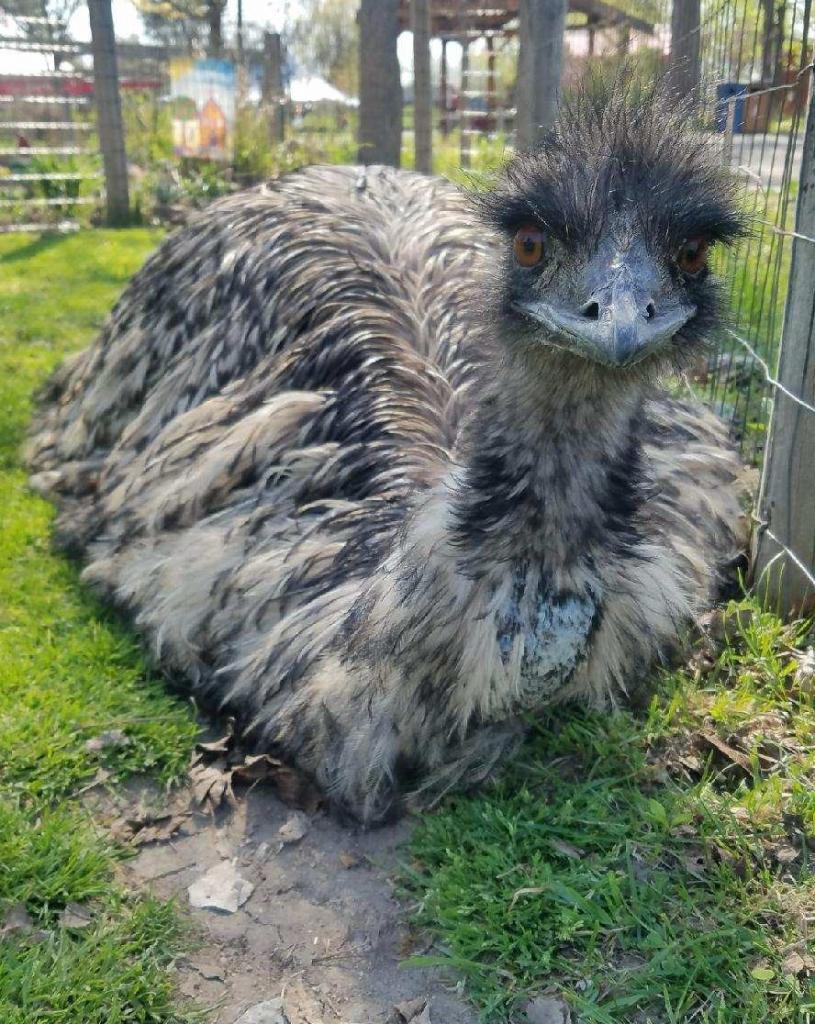
Introducing Animals
Each new animal at the zoo has a quarantine period in order to ensure their health and the safety of our existing collection. It also gives them time to acclimate to their new surroundings! After they’ve gotten a clean bill of health from our vet, then they move over to their permanent home! Our wallabies and tortoise were quarantined in a different part of the zoo from the Outback that is behind-the-scenes. Our keepers moved each new animal over to the Outback one at a time in an appropriate crate. Once they had been in the new exhibits by themselves, the keepers gave them visual access to one another (meaning they could see each other but not touch them!). Once every animal seemed comfortable with encounters through a barrier, keepers gave them access to one another, which was supervised. Each supervised session got longer each day as long as the animals all seemed comfortable, until the animals could spend unsupervised time together! Our Outback animals really had no issues with their new homes and neighbors throughout this whole process, which was exactly what we had hoped for!
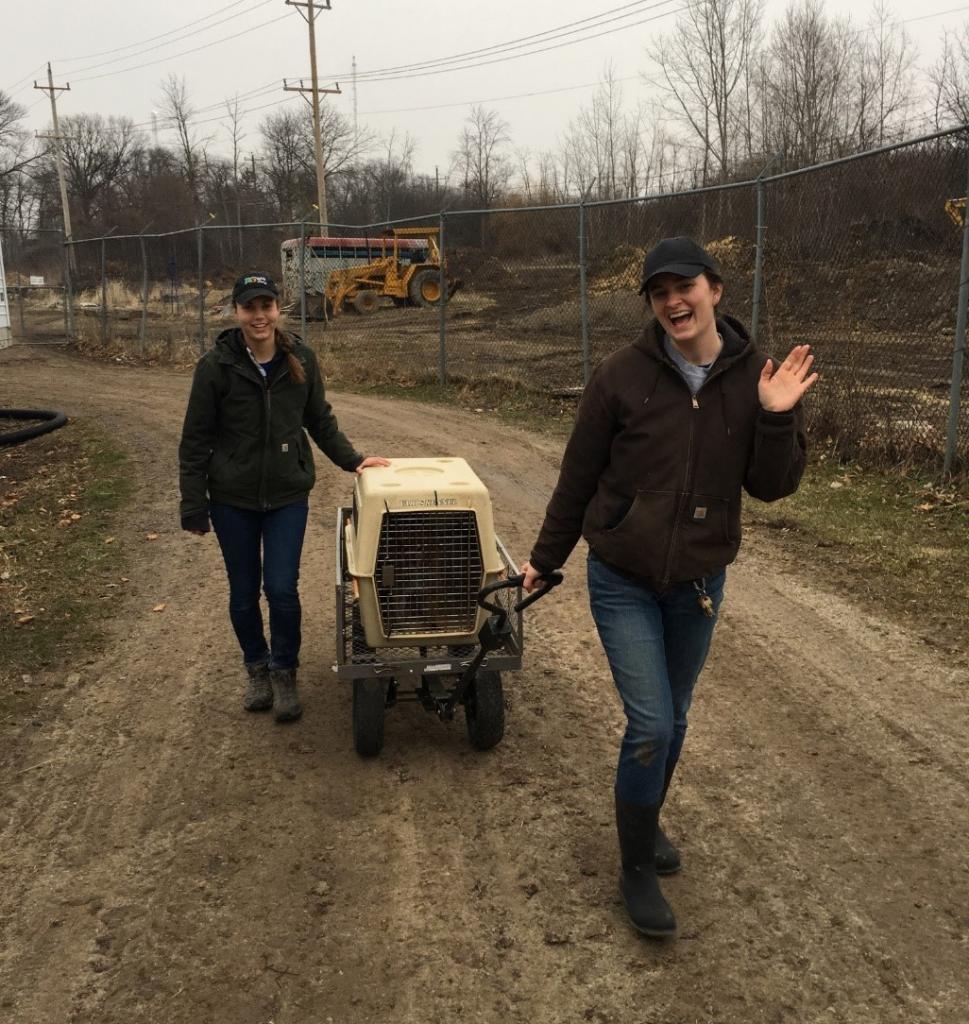
Mixed-species exhibits are great for many reasons: they help to maximize guest experience by allowing more animals to be exhibited and learned about; they are a more naturalistic set-up for the animals; and it helps keep the animals socially, mentally, and physically stimulated! We are beyond thrilled to be able to share our modified Outback exhibit with our community this season, and to give you a sneak peek on how it all came to be! All of the animals in the Outback can’t wait to meet you!
